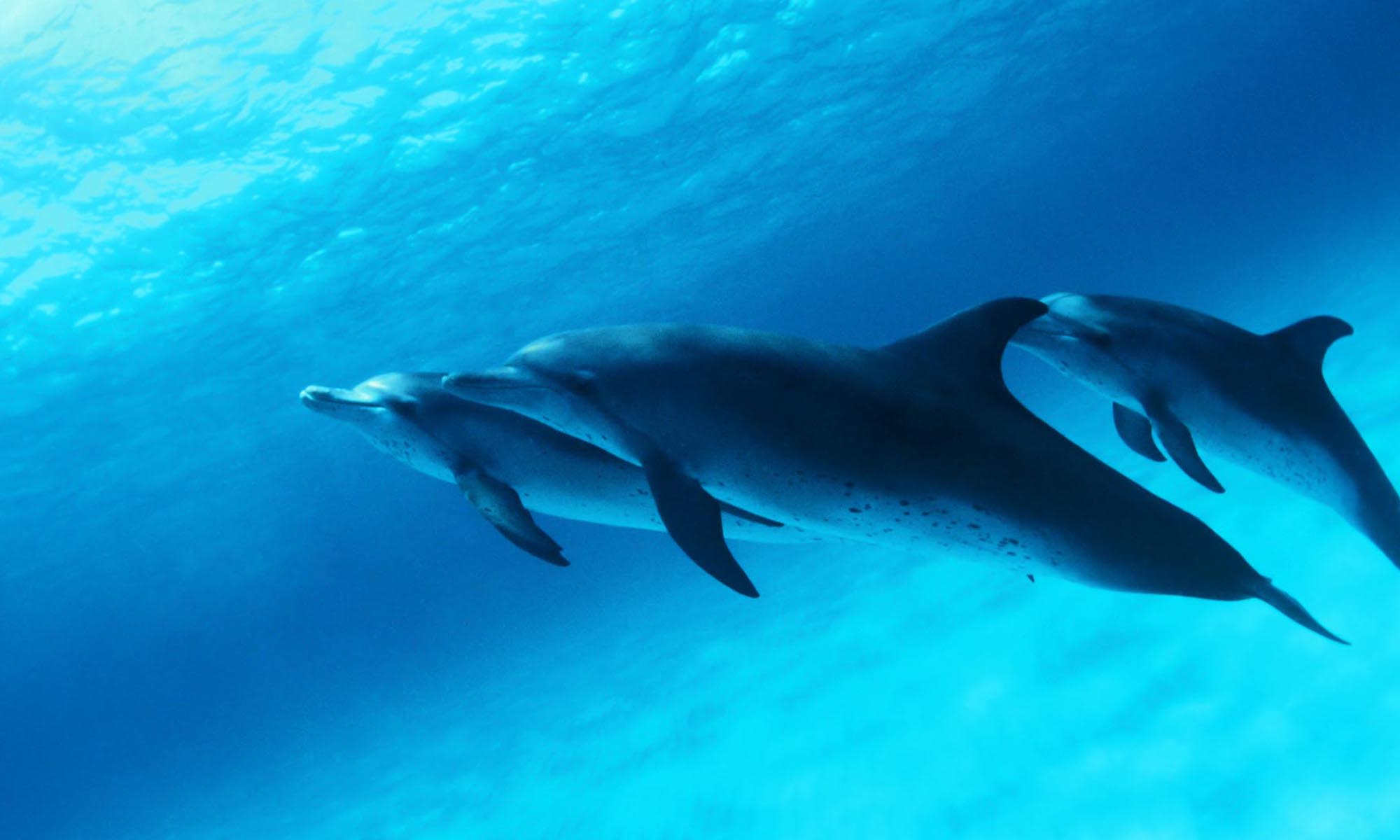by John M. Simpson.
A petition for rehearing filed by People for the Ethical Treatment of Animals (PETA) was recently denied by the U.S. Court of Appeals for the Eleventh Circuit in an Endangered Species Act (ESA) case involving a killer whale (Orcinus orca) maintained by the Miami Seaquarium. The denial left standing a significant ruling by the court under the ESA. PETA v. Miami Seaquarium, 879 F.3d 1142 (11th Cir. 2018). PETA sued the Seaquarium on the grounds that the conditions in which a killer whale — “Lolita” — is maintained constitute a prohibited “take” under the ESA. Lolita, previously a member of the Pacific Northwest Southern Resident population of killer whales, is the only killer whale held in a zoological setting in the U.S. who is designated as “endangered” under the ESA. However, Lolita is also one of the longest-lived killer whales in captivity and has lived at the Seaquarium since 1970.
PETA argued that Lolita’s physical issues were the result of the conditions of her enclosure and therefore constituted “harm” and “harassment” within the meaning of the “taking” prohibition of the ESA. While the panel did not agree with the district court that these terms only included deadly or potentially deadly harm, the panel rejected PETA’s argument that the conditions of Lolita’s captivity pose a threat of serious harm to her.
Of particular significance to the panel’s ruling was the fact that the conditions at issue were compliant with the Animal Welfare Act (AWA), a statute administered by the Animal Plant and Health Inspection Service (APHIS) of the U.S. Department of Agriculture. The AWA preceded the passage of the ESA and governs the conditions, inter alia, in which animals held for exhibition are kept. The panel ruled that PETA’s position that a “take” could arise under the ESA notwithstanding the exhibitor’s compliance with the AWA would nullify the AWA:
PETA’s expansive reading of “harm” and “harass” would effectively nullify the AWA in the context of captive endangered animals. If given their dictionary definitions, “harm” and “harass” would sweep so broadly as to deprive AWA compliance of practical significance. Any continual annoyance, trouble, or vexation could, for example, be actionable “harass[ment].” It is not difficult to imagine that captivity, however humane, could often be challenged as continually annoying, troublesome, or vexatious. PETA urges that we ought not be concerned about interpreting the ESA aggressively because Congress intended the ESA to provide added protections for endangered animals. But the interpretation PETA presses could nullify the AWA’s regime of administrative enforcement. Even after APHIS had approved a particular aspect of an endangered animal’s conditions of captivity, plaintiffs could expose the exhibitor to ESA liability by framing that condition as an impermissible “take,” no matter how de minimis the harm it caused. For example, if APHIS had approved a captive endangered marine mammal’s companions, plaintiffs could invite a federal court to substitute its judgment for APHIS’s by bringing an ESA lawsuit characterizing the chosen companions as a “continual annoyance.” Our conclusion that “harm” or “harass[ment]” is actionable if it poses a threat of serious harm provides captive endangered animals with an additional layer of protection from harmful conditions of captivity without abrogating the complex regulatory scheme crafted and administered by APHIS.
879 F.3d at 1150 (emphasis added).
The Seaquarium case is an important precedent for exhibitors subject to the ESA. It definitively puts to rest the animal activist theory that the ESA “taking” provision created what amounts to a “no contact” standard for captive endangered species. Such a theory would have made it all but impossible for endangered species to be held in a zoological setting.
